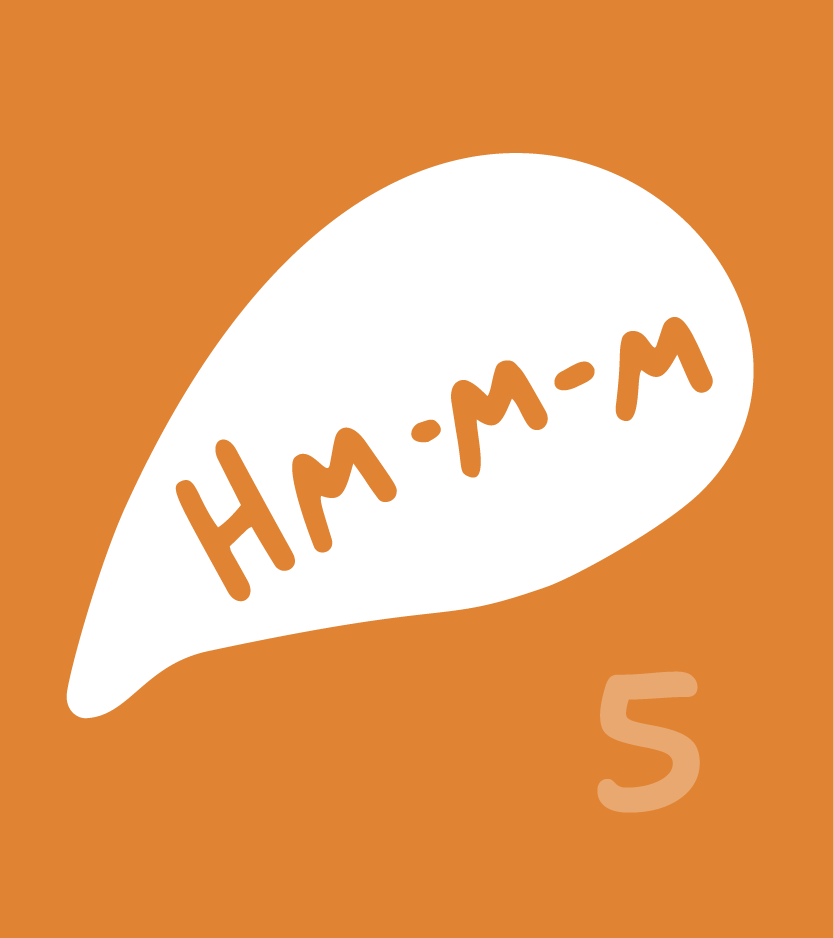There’s a reason so many companies do a poor job of keeping their frontline workers engaged and in the loop. It’s not easy to reach all those employees on the manufacturing line and the retail floor; in the restaurants, hotels and hospitals; and all those other worksites where the work doesn’t involve sitting in front of a computer all day.
Here are five of the most effective channels for the frontline audience:

The manager cascade is tried and true, and usually the default method for communicating with the front line. But communications professionals know some managers will do a better job of this than others, and there’s no guarantee the message will be delivered. Improve the success of your cascades with communications toolkits to make it easier for managers.

Streaming town halls give frontline employees a chance to hear directly from (and see the faces of) their top leadership. You can increase frontline engagement by including news or successes related to their locations or products, and by occasionally including operations leaders in the presentation. Inviting frontline employees to submit questions is also great for engagement.

Monthly or quarterly newsletters are a powerful channel for engaging frontline employees in multiple ways: by having leaders communicate their vision through articles, videos or podcasts; by showcasing managers and best practices; by celebrating the individuals and teams contributing to the company’s success; and by inspiring collective pride.

Want a channel that reaches employees on the floor or in the back of house that requires zero effort for them to engage? Digital displays and software to show a series of slides or videos deliver messaging every time they walk by. The challenge is keeping these slides visually engaging, light on copy and high on relevance — as well as updating on a regular basis.

This is one of the reasons we prefer to visit the physical worksite of frontline employees when developing communications strategy. It’s the only way to find creative touchpoints like hangtags for rearview mirrors in delivery trucks, parking shuttle signage for hospital employees, giant magnets for walk-in freezers and other decidedly low-tech but effective channels.